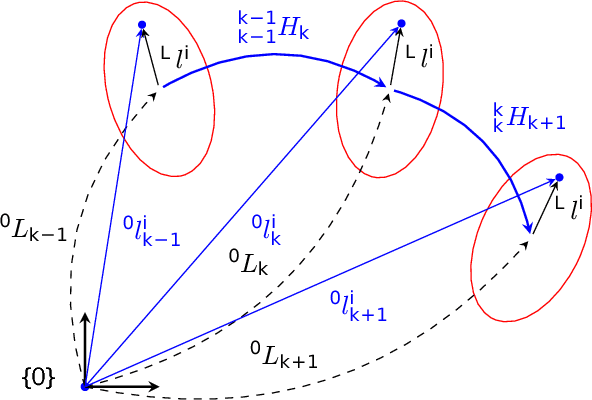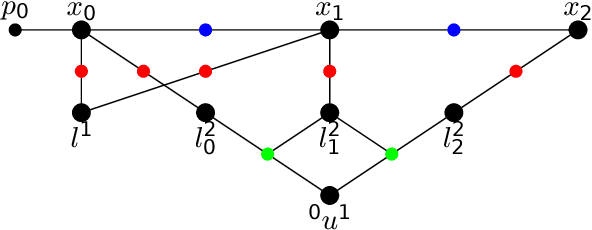Simultaneous Localization and Mapping with Dynamic Rigid Objects
Paper and Code
May 10, 2018



Accurate estimation of the environment structure simultaneously with the robot pose is a key capability of autonomous robotic vehicles. Classical simultaneous localization and mapping (SLAM) algorithms rely on the static world assumption to formulate the estimation problem, however, the real world has a significant amount of dynamics that can be exploited for a more accurate localization and versatile representation of the environment. In this paper we propose a technique to integrate the motion of dynamic objects into the SLAM estimation problem, without the necessity of estimating the pose or the geometry of the objects. To this end, we introduce a novel representation of the pose change of rigid bodies in motion and show the benefits of integrating such information when performing SLAM in dynamic environments. Our experiments show consistent improvement in robot localization and mapping accuracy when using a simple constant motion assumption, even for objects whose motion slightly violates this assumption.
 Add to Chrome
Add to Chrome Add to Firefox
Add to Firefox Add to Edge
Add to Edge